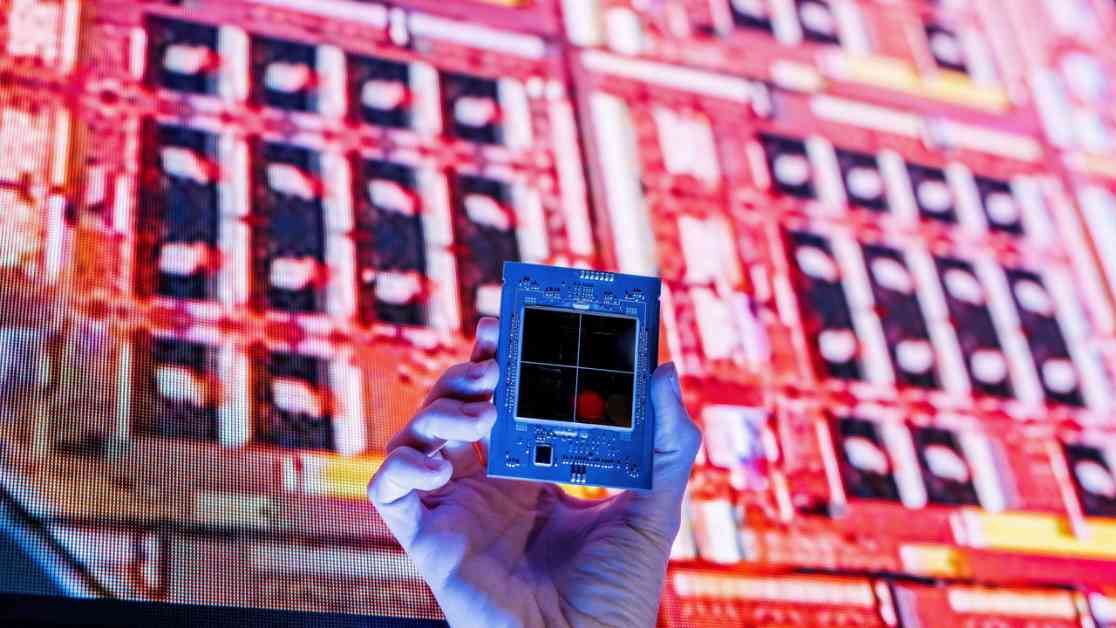Intel, a giant in the world of chipmaking, faces a critical crossroads as it grapples with a series of missed opportunities that have left it trailing behind competitors. The company’s failure to capitalize on emerging trends, such as the shift to mobile phones and the adoption of cutting-edge chipmaking technologies, has raised questions about its ability to stay relevant in an ever-evolving industry.
For years, Intel’s dominance in the PC business served as a double-edged sword, blinding the company to the potential of other markets. The rise of mobile phones in the 2000s caught Intel off guard, as it failed to pivot its focus from PCs to these new devices. Additionally, the company’s slow adoption of extreme-ultraviolet lithography, a crucial chipmaking process, further hindered its ability to compete effectively in the market.
As a result, Nvidia has emerged as a formidable rival, dominating the lucrative market for designing artificial-intelligence chips and surpassing Intel to become the world’s most valuable semiconductor company. Intel’s investors have shown their lack of confidence in the company’s future prospects, as evidenced by the downward trend in its stock performance.
Can Dealmaking Save Intel?
In an effort to turn the tide, Intel is exploring the potential of dealmaking as a strategy to revitalize its business and regain its competitive edge. By partnering with or acquiring innovative companies, Intel hopes to leverage their expertise and technologies to fuel its growth and diversify its product offerings.
Experts believe that strategic partnerships and acquisitions could help Intel bridge the gap in key areas where it has fallen behind, such as AI chip design and emerging technologies. By collaborating with industry leaders and startups, Intel could gain access to cutting-edge innovations and talent that could propel it back to the forefront of the semiconductor industry.
The Road Ahead
Despite the challenges Intel faces, the company remains a powerhouse in the world of technology, with a strong foundation and a legacy of innovation. As it navigates this critical juncture, Intel must make bold moves and strategic decisions to position itself for success in an increasingly competitive landscape.
The future of Intel hangs in the balance, as the company seeks to reinvent itself and reclaim its status as a leader in the semiconductor industry. The coming months will be crucial as Intel charts a new course forward, one that could determine its fate in the rapidly evolving world of technology.
Conclusion
In conclusion, Intel’s future hinges on its ability to adapt, innovate, and forge strategic partnerships that will propel it to new heights of success. While the road ahead may be challenging, the company’s rich history and resources position it well to overcome obstacles and emerge stronger than ever. Only time will tell if dealmaking can indeed save Intel from its current predicament and pave the way for a brighter future in the tech world.



















